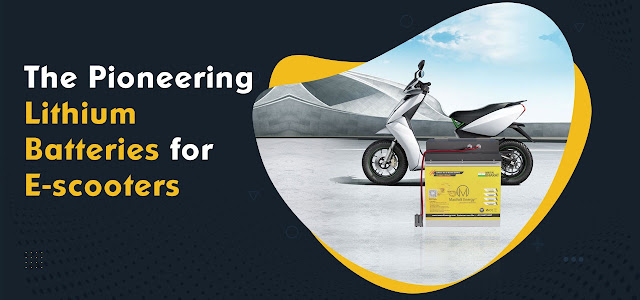Safety Measures for Electric Vehicle Batteries
Electric vehicles (EVs) are becoming more popular all over the world. They can reduce pollution and run better than fossil-fuel cars. In the past few years, energy storage systems have come a long way, especially those that use lithium-ion. Their unique qualities, like high cycle life, energy density, and high efficiency, make them suitable for use in cars.
The global demand for lithium-ion battery-powered road vehicles is increasing. More use means more traffic accidents and incidents. It can damage the lithium-ion battery, making it dangerous for people inside the car, rescue workers, and others.
Here are some tips for maintaining your electric vehicle batteries and avoiding accidents.
Protection against direct contact: All parts of the electric traction system must be placed in an inaccessible location to prevent anyone within or outside the vehicle from coming into contact with them. You'll need a tool or key to open the doors, lids, or bonnets protecting the live electrical equipment behind them.
Protection against indirect contact: The problem of frame faults is related to the problem of indirect touch.
If the traction circuit is connected to the chassis, there will be issues. Many potential threats can arise from a defective frame:
It includes:
Overheating
Electrocution
Unrestrained functioning
It is necessary to take the following precautions to avoid danger:
We recommend installing a fuse in the electrical hub of the battery pack.
Power and traction circuits should not connect to the vehicle structure.
Every conductive part of the vehicle must be electrically connected, especially those that can be reached or are close to electrical equipment.
Vehicles should be checked regularly for frame leaks.
Battery charging safety measures
When an electric vehicle is connected to the main distribution grid, its battery is charged, and safety precautions must be taken so that no one gets electrocuted. There are several examples:
Chargers that are not on board
Off-board battery chargers are used for fast charging and in large vehicles. With off-board chargers, the vehicle must be connected to the earth while it is being charged. If not, something going wrong could be dangerous.
On-board battery chargers
During charging with onboard battery chargers, the vehicle body must be linked to the earth, unless Class II (double-insulated) equipment is being used. It is recommended to use an earth-loop monitor to examine the stability of the earth. When the charger doesn't have electrical separation, isolation monitoring is needed, and the traction battery must be kept away from the vehicle's body.
Partially on-board battery chargers
Inductive energy transfer is part of how onboard chargers work. Since they don't connect the car to the power grid, they are very safe from an electrical point of view. The mechanical risks are also lessened by the lack of a cable. The electromagnetic environment of these chargers is something that is being thought about.
Conclusion
The deployment of electric vehicles will need adherence to the fundamental safety rules of electric traction. In this case, proper risk assessment and common sense should win out. It will make the electric car a safe and reliable way to get around, which will improve traffic and the environment in cities.
Maxvolt Energy is one of the best lithium battery manufacturers. If you have any questions about the safety of Ev's lithium batteries, you can contact them.
.jpg)

.jpg)

Comments
Post a Comment